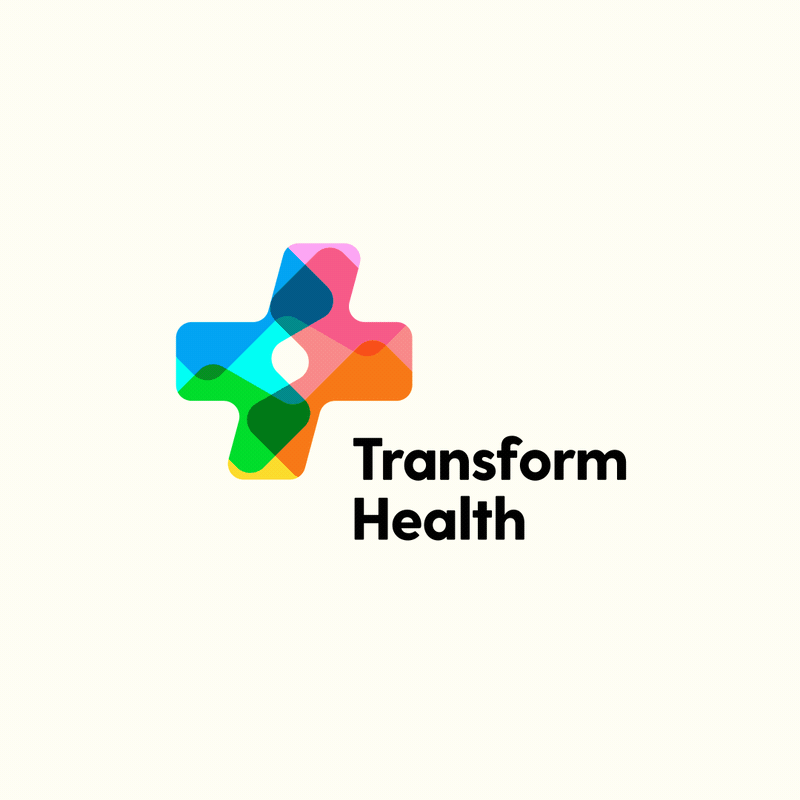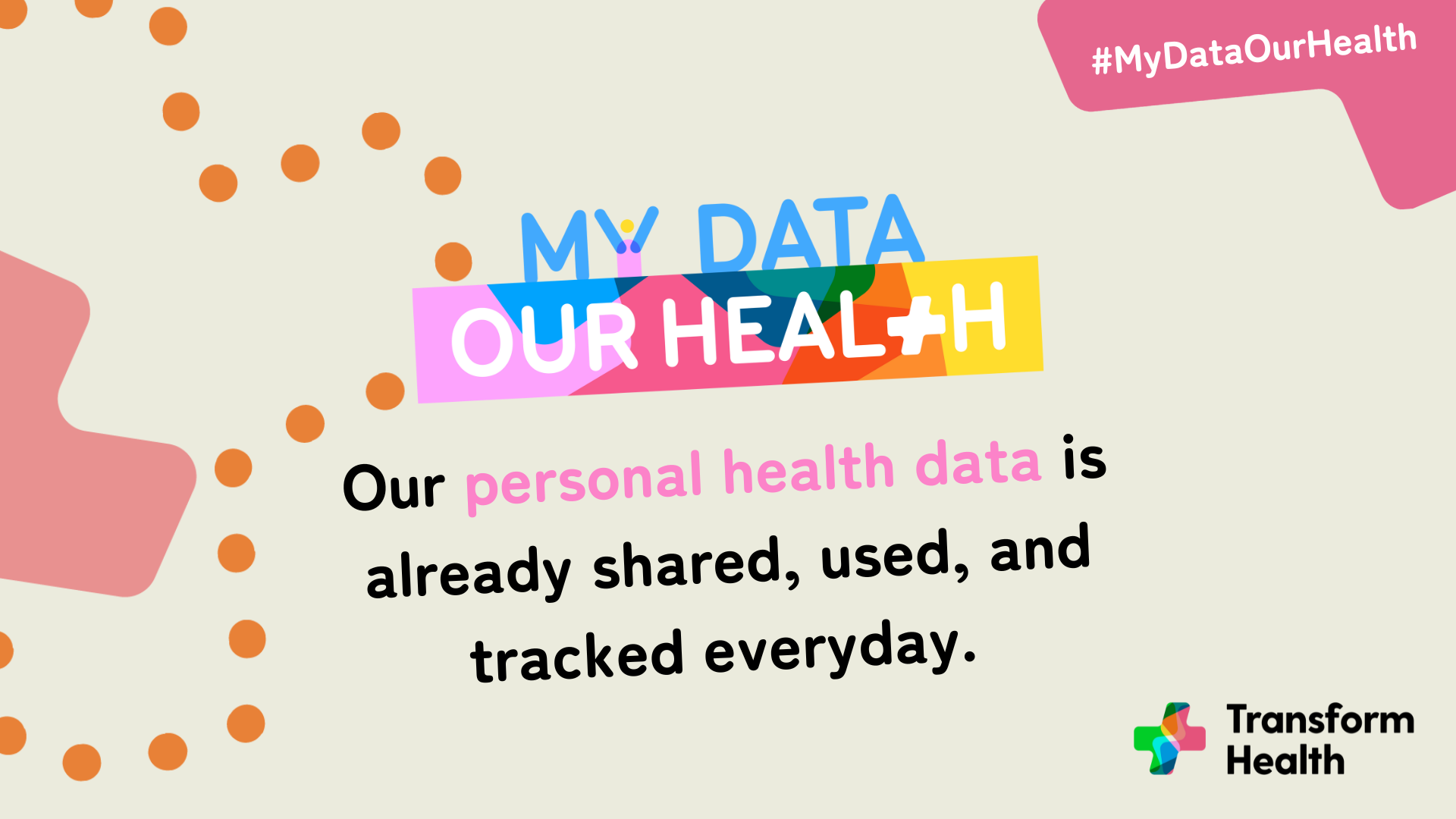If we have learned anything since COVID-19 struck, it’s that when it comes to pandemics, timing is critical. COVID-19 exposed the vulnerabilities of health care systems the world over and made it abundantly clear that coordinated approaches for early detection and response require quick action on readily available information. The availability and quality of actionable data has meant the difference between an incident and a catastrophe. Learning from continents where advanced technology solutions have been employed to significantly contain transmission of the virus, one thing has become undeniably apparent for many nations in the global south: to effectively fight COVID-19 and manage other health system crises, we must get our data right. Having real time data during a pandemic aids rapid response by helping to speedily identify at-risk populations and geographies. This informs planning and resource distribution in terms of expanding health facility capacity, contract tracing, identifying mass testing zones, restricting movement in delineated hotspots and mapping households for service delivery.
Kenya’s journey to having sophisticated and expansive data technologies is admittedly a steady work in progress. With a national vision for attaining universal health coverage (UHC) by 2030, there’s been increased urgency to comprehensively address data availability from household to national level, both for service delivery and as an important building block for delivering health for all. Although community health is an integral part of Kenya’s primary health care system, health data collection and reporting at the community level is heavily reliant on paper-based data systems that are often slow, labour-intensive, and error-prone. While community health workers serving households across Kenya routinely collect health data – and have been deployed in recent times as a vital resource in community surveillance and home-based care protocols for pandemic management – the use of manual systems hampers timely decision making.
To effectively fight COVID-19 and manage other health system crises, we must get our data right.
Commendably, the government with support from development partners is already spearheading efforts to digitize the health system as part of far-reaching health sector reforms to achieve UHC. Initially focusing on facility levels of care, these plans now critically also include building a robust electronic community health information system that leverages digital mHealth data collected by community health workforces. With existing capacity challenges in public health facilities being further compounded by COVID-19, community-level health data is now more important than ever in helping governments to fight COVID-19 and reduce preventable deaths especially among at risk populations like pregnant women and neonates who often fall through the cracks during pandemics. Digital tools have also played a huge role in driving COVID vaccination in Kenya by helping in mapping and tracking coverage to better target low uptake areas or at-risk populations, and in following up individuals to ensure full vaccination.
Secondly, available community-level health data must correlate with different systems within the health sector for holistic insights that enable informed action. In the health sector in many parts of Africa, data is often siloed within and across different levels of care and is usually not interoperable with other health care ecosystems like insurance and medical commodity supply systems. At the community level, even where digital mHealth tools are already in use, the current landscape in Kenya is fragmented with various implementors employing over 140 digital tools across the country often with piecemeal, program-specific approaches. While advanced tools for diseases like HIV, malaria and TB exist, they are often standalone solutions that don’t relate to other contextual factors to guide wider system-strengthening initiatives.
This has called for adoption of standardized and modular community health digital tools that are cost-effective, scalable and interoperable by design, especially as Kenya looks to roll out its national UHC programs that will heavily leverage the eCHIS platform. Led by Kenya’s Ministry of Health these harmonization efforts have led to the development of an interoperability framework as well as system standards that all community health digital tools must adhere to. Based on these standards, MOHK and partners have developed, tested and are undertaking a pilot of a digital health solution for community health to inform eventual national scaleup that will potentially revolutionize access, sharing and use of health information. The government has also invested in the setting up of data centers that will ensure the safe storage and integrity of all data collected as it eventually flows into the Kenya Health Information System (KHIS).
At the community level, even where digital mHealth tools are already in use, the current landscape in Kenya is fragmented with various implementors employing over 140 digital tools across the country often with piecemeal, program-specific approaches.
Third, for digital transformation to happen, we must also recognize that the health system does not operate in isolation. Data correlation and use should go beyond healthcare to integrate multi-source data from other public sector services and the wider private sector economy. The Kenyan government has plans in place to develop an e-economy across sectors, and while it promises to transform data utility it will not happen overnight. While investing in these interoperable systems to advance the public health sector, countries like Kenya would do well to borrow a leaf from ethical practices of governments that have worked in partnership with telcos, financial institutions and tech companies to, for example, use geospatial data and technologies to enhance disease prevention and control strategies.
Finally, as African governments sets up systems to drive data availability and integration that will catalyse the continent’s transition to a data-centric culture, they must also pave the way in create enabling environments. While Kenya’s high political commitment for UHC bolstered by existence of several key policy frameworks for community based PHC is certainly worth applauding, governments at national and subnational levels must continue to develop and operationalize facilitative policies that enable that vision. This also means actively increasing community health investments from domestic and external resources to durably fund well equipped, supervised and compensated community health workforces. Sustainably implementing an end-to-end digital health system will require significant human capital, financial and ICT infrastructure investments. But governments cannot do it alone. The public must remain engaged and multisector stakeholders should continue partnering with governments to strengthen sustainably financed and government-led primary health systems. In Kenya’s experience, increasing government ownership means that funding and implementing partners must by design think through transition and how to build government’s long-term operational capacity to manage digitized systems. On the regulatory front, matters to do with data privacy, protection and security must not be taken lightly. For Kenya this means that by building on existing frameworks such as the e-health policy and data protection law, all state and not state actors must collectively do more to institute sound data governance frameworks as the country goes digital across health and other sectors.
Data correlation and use should go beyond healthcare to integrate multi-source data from other public sector services and the wider private sector economy. The Kenyan government has plans in place to develop an e-economy across sectors, and while it promises to transform data utility it will not happen overnight.
As the world continues to grapple with COVID-19 almost two years on, digitized data is becoming essential currency as part of the new norm. We in the global south must leverage health and related data better to save lives now and guarantee a more effective response to future pandemics.





